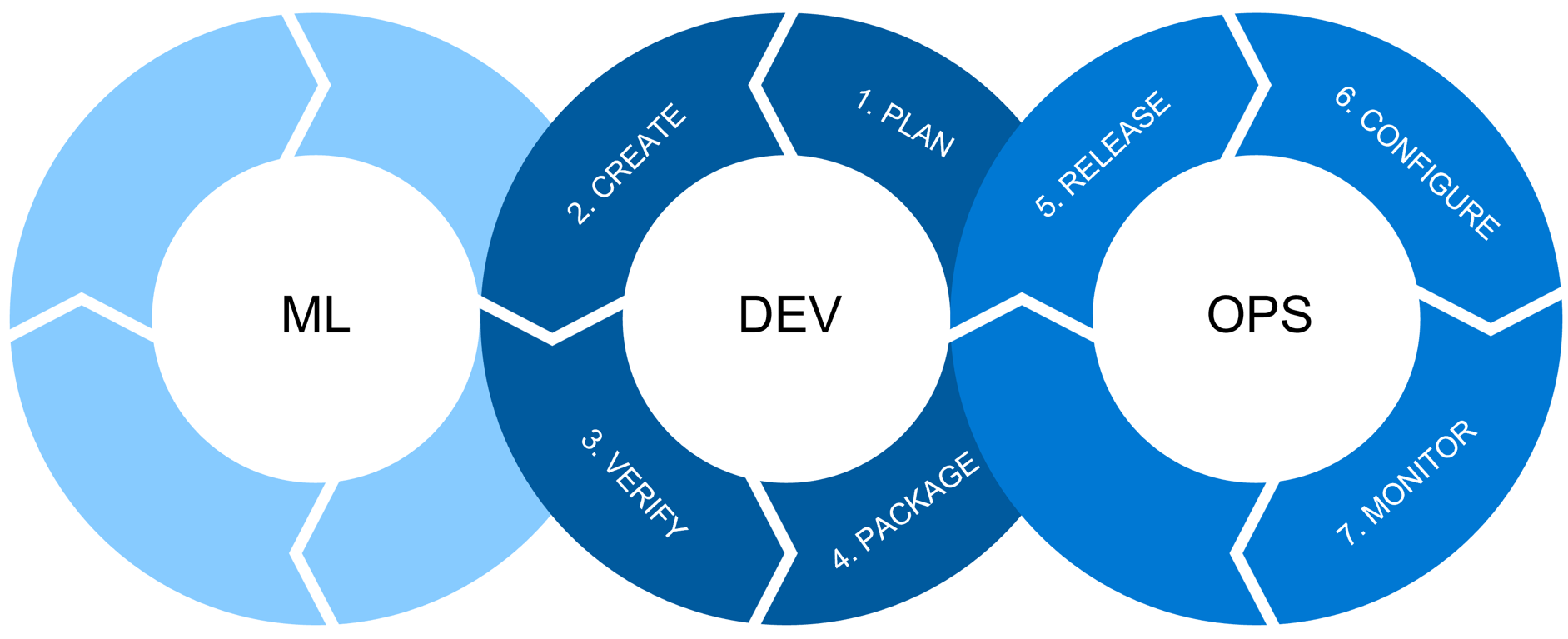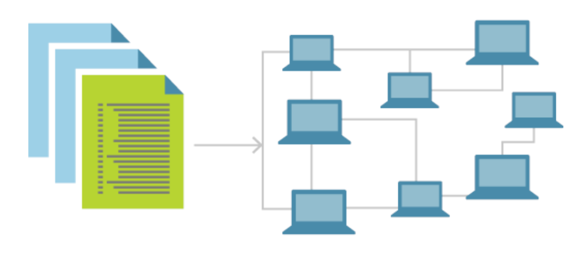Explore DevOps goals and benefits
It should become fairly clear at this point that DevOps could bring significant value to practically any organization that relies on technology to deliver products and services to its customers. This certainly applies to the sample scenario we introduced in this module, where legacy operations negatively affected the pace of innovation and the risk associated with software deployment and maintenance. To appreciate the positive impact of DevOps, let's examine its benefits and goals in more detail.
What are the primary goals and benefits of DevOps?
Embracing the DevOps culture can bring about a wide range of advantages for organizations, including:
- Accelerating time to market: Implementing DevOps practices facilitates the rapid release of software and its updates, reducing the time it takes to deliver them to their consumers. This acceleration enhances an organization's responsiveness to evolving customer needs and industry trends.
- Adapting to market dynamics and competition: DevOps fosters an agile and responsive development process, enabling organizations to quickly adapt to changes in the market and respond to competitive pressures. This adaptability ensures that businesses are able to adjust to evolving customer expectations.
- Sustaining stability and reliability in operations: DevOps principles emphasize collaboration between development and operations teams, leading to more stable and reliable operational environments. This collaboration helps identify and address issues early in the development cycle, minimizing disruptions and enhancing the overall stability of the operational environment.
- Minimizing the mean time to recovery (MTTR): DevOps practices focus on automation, continuous monitoring, and rapid feedback loops, leading to quicker detection and resolution of issues. This, in turn, significantly improves the MTTR, ensuring that the impact of any disruption is minimized and that operations are quickly restored to their optimal state.
Are DevOps benefits limited to traditional applications?
It's important to note that DevOps benefits extend beyond the lifecycle of traditional applications. Its scope includes, for example, such areas as machine learning (with operations applied to implementing machine learning models) and infrastructure (with Infrastructure as Code applied to deployment of underlying platform services).
Machine Learning Operations, often referred to as simply MLOps, focus on transitioning from the development of machine learning models to their provisioning in production environments. By following MLOps practices, organizations can ensure that their workloads are resilient and can be easily recreated. This includes monitoring, retraining, and redeploying models on an as-needed basis, and maintaining their stability following each deployment.

Infrastructure as Code, commonly abbreviated as IaC, involves managing and provisioning compute, networking, and storage infrastructure via programming methods, rather than by relying on configuring physical hardware or using interactive administrative tools. IaC allows developers and operations teams to define and manage infrastructure elements such as servers, network devices, and databases using code. This code is typically written in a high-level, human-readable scripting language. The scripts are then executed to automate the provisioning and configuration of infrastructure, making it more efficient, consistent, and easily scalable.
